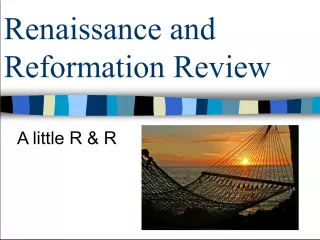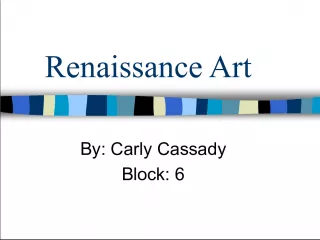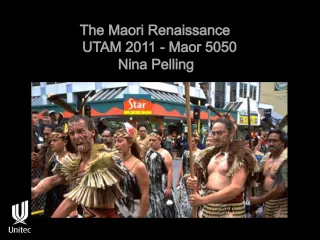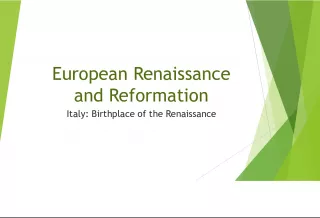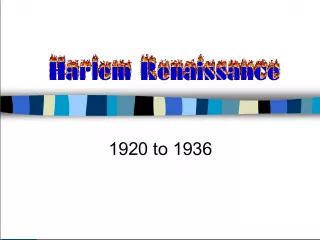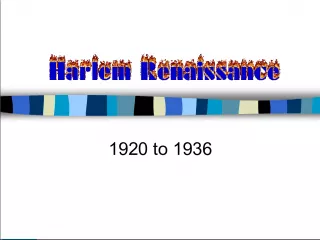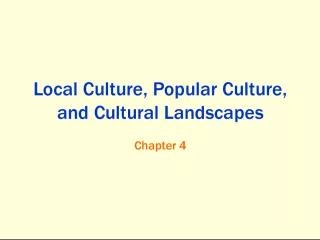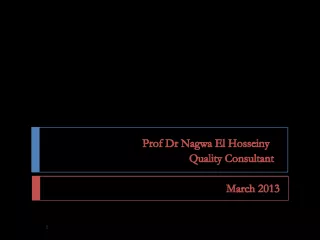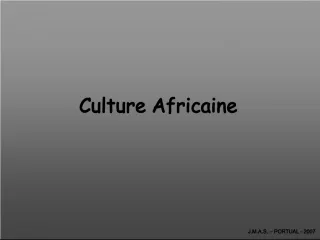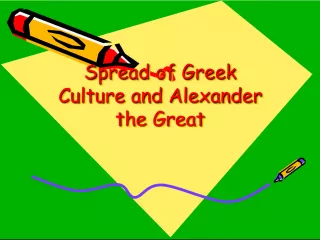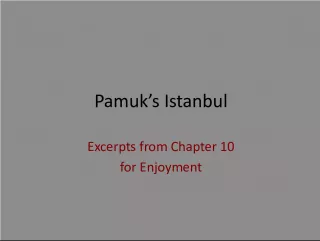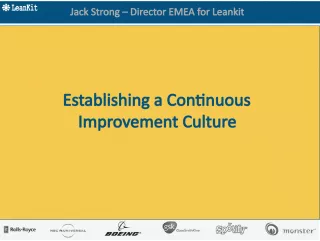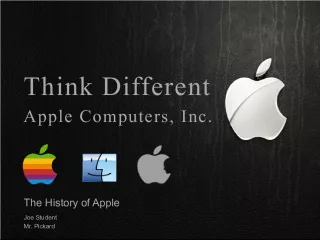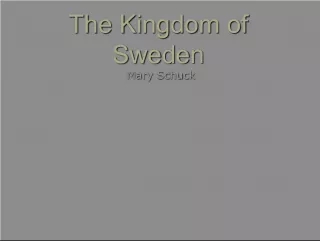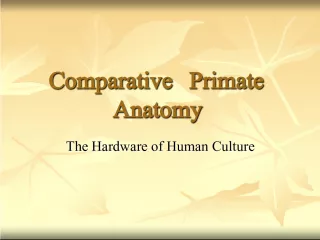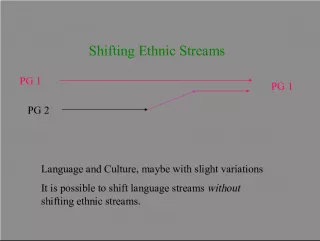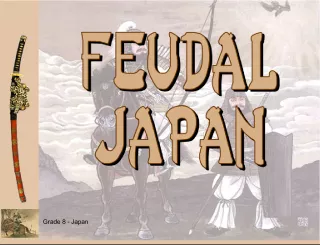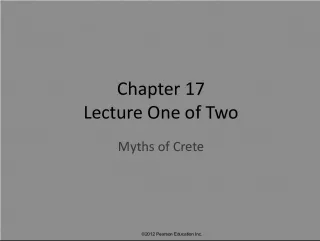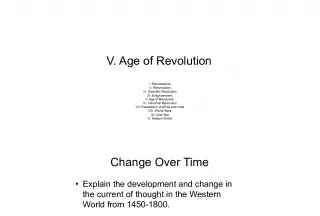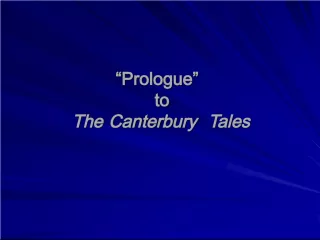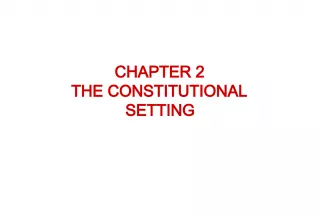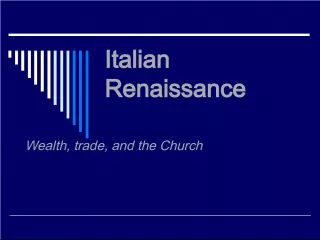The Renaissance: Art, Culture, and Rebirth
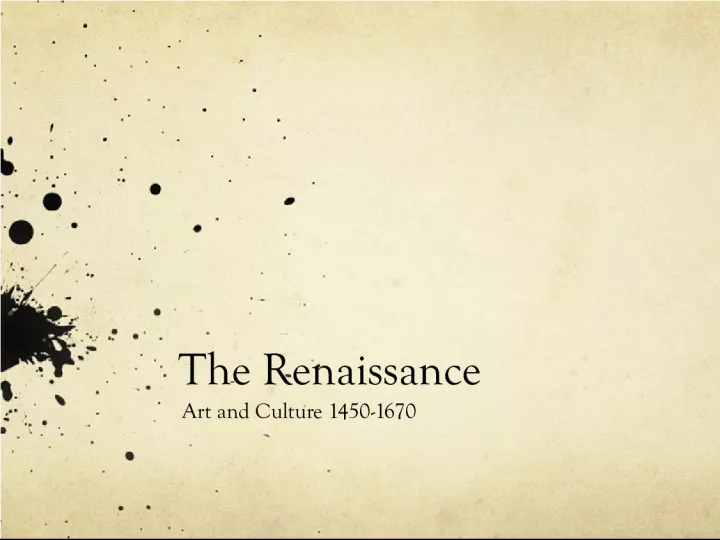

A time of renewed interest in history, literature, and art. Classical models were used to challenge conventional wisdom, leading to Europe's economic recovery.
- Uploaded on | 2 Views
-
 gregadams
gregadams
About The Renaissance: Art, Culture, and Rebirth
PowerPoint presentation about 'The Renaissance: Art, Culture, and Rebirth'. This presentation describes the topic on A time of renewed interest in history, literature, and art. Classical models were used to challenge conventional wisdom, leading to Europe's economic recovery.. The key topics included in this slideshow are . Download this presentation absolutely free.
Presentation Transcript
1. The Renaissance Art and Culture 1450-1670
2. What the Renaissance was Not What the Renaissance was Not The essence of the Renaissance lay not in any sudden rediscovery of classical civilization but rather in the use which was made of classical models to test the authority underlying conventional taste and wisdom - Europe, by Norman Davies
3. Renaissance c.1450-1670 Renaissance c.1450-1670 A period from the early 1300s to roughly 1600 when there was a renewed interest in history literature and art. Renaissance = Rebirth Europes economic recovery Renewed study of ancient Greece and Rome
4. The Renaissance The Renaissance The term is used to describe a MOBILIZATION OF IDEAS which is primarily ARTISTIC LITERARY CULTURAL The Renaissance as an INTELLECTUAL reality, not as a PHYSICAL one
5. Renaissance Man Renaissance Man independence of mind A Person who mastered all areas of arts and thought becoming a complete man. Humanity was mastering the world they lived in. mans fate could me controlled and improved
10. Renaissance Art & Baroque Renaissance Art & Baroque The work that distinguishes the Baroque period is stylistically complex, even contradictory. In general, however, the desire to evoke emotional states by appealing to the senses, often in dramatic ways, underlies its manifestations. Some of the qualities most frequently associated with the Baroque are grandeur, sensuous richness, drama, vitality, movement, tension, emotional exuberance, and a tendency to blur distinctions between the various arts.
